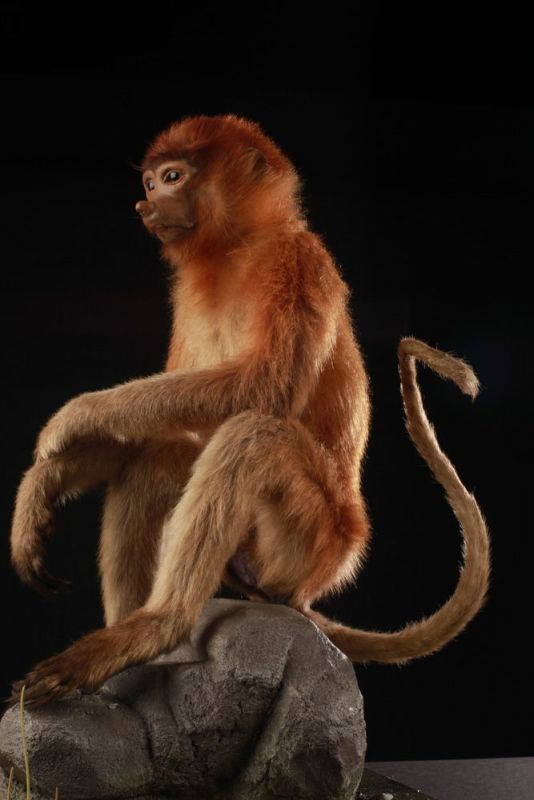Marmot – Marmota
Morphologically, the marmot has brown or black hair. Its body is stocky and its ears are round. It has a long tail and short, powerful members. Its size is 44 to 66 cm and usually weighs 2 to 9 kg. It lives for 4 to 8 years in the wild and up to 10 years in captivity.Marmot lives in a burrow fitted to 3 m deep. It feeds on plants such as buds, stems and seeds. It prefers to eat in the morning or evening when the vegetation is wet with dew, it does not drink. Fearful, marmots take turns to eat. They choose for it open areas to monitor in turn the arrival of predators such as foxes, eagles or marten.From late May to early June are born young marmots. There are 3 to 5 young per scope. They have their eyes closed and are hairless. They weigh about 30 grams and measuring only 3 cm. It is not until July that they will leave the burrow after a stay of one to two months.
In the fall, the marmot eats a lot to build up fat reserves that will allow it to survive during its six months of hibernation. During this long period of sleep, the body will live in slow motion. Nevertheless, it wakes up approximately every 4 weeks to relieve itself. And if the temperature comes down below 3°C, it must stand up not to freeze to death.
Its behavior during the recovery phase is the subject of a tradition celebrated in North America every 2 February each year, the Groundhog Day. Depending on whether the groundhog sees its shadow or not, spring will be late or early.
Although, sharp decline around the world for 10 years, the marmot population is experiencing growth in some countries. Also its hunting is authorized or even free as in North America. In France, hunting is regulated except in the Massif Central and the Pyrenees where prohibited.



![marmotte (3) [Résolution de l'écran] marmotte (3) [Résolution de l'écran]](https://www.masaigallery.com/wp-content/uploads/2012/05/marmotte-3-Résolution-de-lécran-90x90.jpg)



